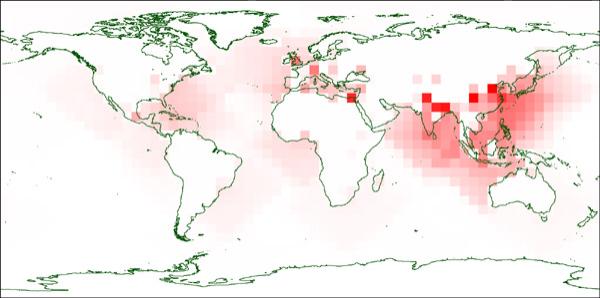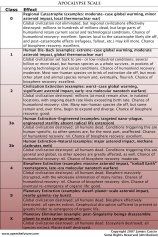Apr 2, 2007
Decisive, immediate action can reduce Pandemic Deaths
Posted by Brian Wang in categories: biological, defense, existential risks, lifeboat
Cities that quickly closed schools and discouraged public gatherings had fewer deaths from the great flu pandemic in 1918 than cities that did not, researchers reported on Monday. Experts agree that a pandemic of some virus, most likely influenza, is almost 100 percent certain. What is not certain is when it will strike and which virus it will be.
In Kansas City, no more than 20 people could attend weddings or funerals. New York mandated staggered shifts at factories. In Seattle, the mayor told people to wear face masks.
No single action worked on its own, the researchers found, it was the combination of measures that saved lives. Peak death rates can be 50% to eight times lower. St. Louis authorities introduced “a broad series of measures designed to promote social distancing” as soon as flu showed up. Philadelphia downplayed the 1918 flu.
Philadelphia ended up with a peak death rate of 257 people per 100,000 population per week. St. Louis had just 31 per 100,000 at the peak.
Continue reading “Decisive, immediate action can reduce Pandemic Deaths” »









